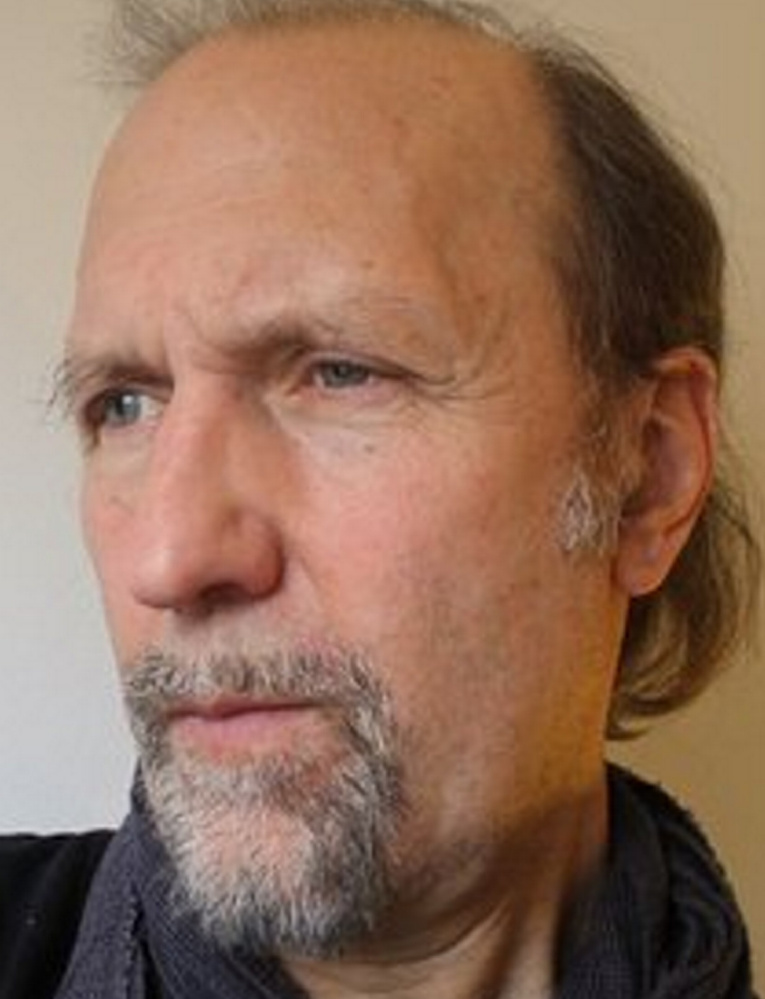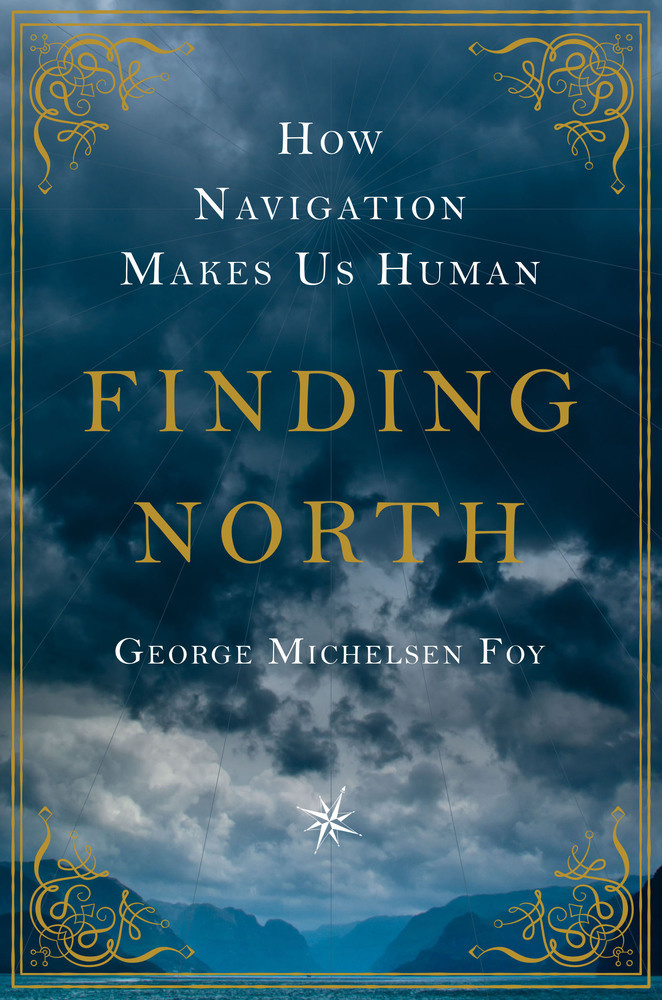In exploring “how navigation makes us human,” George Michelsen Foy makes a brave attempt to harness a handful of themes and drive them toward a common end, his thesis that “navigation in its myriad forms is not only a crucial survival tool but the prime expression of living.”
So that we understand navigation is more than its nautical associations, he offers some immediate illustrations: wending our way through an unfamiliar office building (check); finding the bathroom at home in the dark (OK); but “emailing a friend in San Francisco, situating him mentally three thousand miles away”?
For the foundation of his literary edifice, Foy borrows from his Norwegian family history: the saga of great-great-grandfather Halvor, a merchant marine captain who went down with his ship in a blizzard off the coast of Norway in 1844. An artist’s impression of the vessel buffeted by its final storm hangs in the family house on Cape Cod. Having stared at it all his life, Foy decides to make two trips, one to the coast of Norway to try to find out what actually happened to Capt. Michelsen, the other to recreate his voyage (short of its catastrophe) with one of his own.
Around these two projects, the author weaves a variety of disparate threads: intimate loss, particularly of his beloved brother; various scientific endeavors that point to navigation’s centrality in evolution; and a couple of travelogues to places that he hopes will do the same.
Foy’s enterprise starts in a lay-by on an interstate, when he awakes with no idea where he is. The feeling triggers a terror inherited from some close navigational calls in his own life, and apparently the omnipresence of his seafaring ancestor’s fate throughout his childhood.
To ease himself into the treacherous waters of exploring his “personal navigational panic,” he starts small and at the very beginning: how an embryonic cell “navigates its way” to becoming a specific part of the body.
A leader in this field of study is at New York University, where Foy teaches creative writing, and he interprets the professor’s complex findings with some neat metaphors: “It’s as if the cell were a saloon patron, trying to find a place at the counter with a crowd at one end that thins progressively towards the other.”
In London, Foy meets with the head of the Animal Navigation Group (a 92-year-old “Energizer bunny”) at the Royal Institute of Navigation, and an expert on the hippocampus who scans living brains with a high-powered MRI that looks like a hair dryer in a beauty salon. From these, he finds that mammalian navigation is controlled by the same system as memory. He also goes to the Knowledge Point School, where London cabbies learn the intricacies of their city’s streets in a two-year (minimum) course that involves traveling 100,000 miles on a motor scooter.
For more exotic local color, he visits a Greek island that was the home of the Dioscuri, the celestial twins who protect sailors. In Haiti, he tries to take ship with a coaster that may or may not use the stars to steer. And in Norway, he stolidly pursues the tiny links in the chain that led to his great-great-grandfather’s death, until he pinpoints the place where the ship went down. A Norwegian sailor takes him to the site where, with endearing embarrassment at his foible, Foy tosses two cigarillos overboard, one for his ancestor and one for the Dioscuri.
The book’s narrative climax is the voyage he makes through the Gulf of Maine, from Buzzard’s Bay to the Fox Island Thorofare, using only the navigational aids available to his unfortunate forebear.
He mostly succeeds, although the drama is somewhat self-inflicted. For someone so aware of “how bad stuff occurs” – one little glitch making the next one more likely and more serious, and so on – Foy seems to relish carelessness. His homemade safety harness, he lets on, is a rope with a carabiner. On another occasion, after kayaking through a “half-frozen bay,” he boasts of not wearing a life jacket.
Foy asks pertinent questions, such as, “Will putting all our faith in GPS and related technologies diminish us in some way?”
But his musings are frequently marred by sophomoric smugness – “I once spent a week, in bed mostly, with a pretty Sarajevan” – and a condescending attitude to others. “Most people don’t care where they are,” he writes. “They have absolutely no conscious idea or interest in the place where, through the continuing miracle of jets… they have landed safely.”
As one of the first microhistories, “Longitude” – Dana Sobel’s book about the man who invented the chronometer – has become the model for writing these narrow but deep slices of history that investigate a particular event, person or thing, and are often qualified in the subtitle along the lines of “The (fill in the blank) That Changed The World.”
“Finding North” takes an issue closely related to “Longitude” and deconstructs it. While containing plenty of interesting material, it never quite jells into a coherent whole.
Thomas Urquhart is a former director of Maine Audubon and the author of “For the Beauty of the Earth.”
Send questions/comments to the editors.




Success. Please wait for the page to reload. If the page does not reload within 5 seconds, please refresh the page.
Enter your email and password to access comments.
Hi, to comment on stories you must . This profile is in addition to your subscription and website login.
Already have a commenting profile? .
Invalid username/password.
Please check your email to confirm and complete your registration.
Only subscribers are eligible to post comments. Please subscribe or login first for digital access. Here’s why.
Use the form below to reset your password. When you've submitted your account email, we will send an email with a reset code.